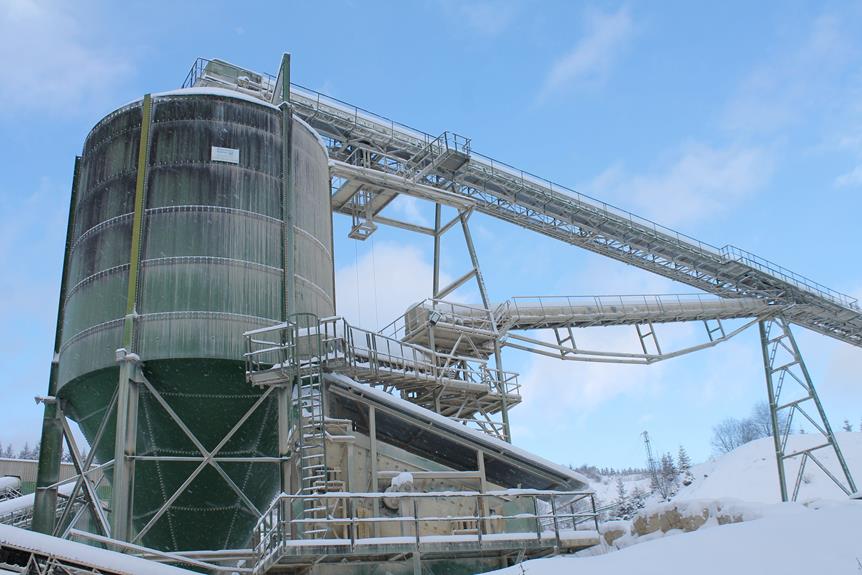Have you ever wondered about the impact of magnetic energy storage on our environment? Well, we have learnt this exciting field and discovered some fascinating truths. In this article, we will explore the three best ways that magnetic energy storage affects our environment. By integrating renewable energy sources into the grid, magnetic energy storage reduces greenhouse gas emissions, contributing to a healthier planet.
Additionally, these storage plants have a small physical footprint, minimizing their impact on ecosystems and habitats. Lastly, magnetic energy storage improves the overall efficiency of the power system, resulting in a more reliable and sustainable energy supply. So, let’s dive in and uncover the positive effects magnetic energy storage has on our environment.

Impact on Air Quality
In terms of air quality, magnetic energy storage systems have a significant impact through the reduction of greenhouse gas emissions. By enabling the integration of renewable energy resources into the grid, SMES systems contribute to the growth of renewable energy generation, which in turn reduces the reliance on fossil fuel-based power plants.
This shift towards renewable generation results in a decrease in the emissions of harmful greenhouse gases, such as carbon dioxide and methane, thereby positively influencing air quality. The use of wind power and solar power, harnessed through renewable energy technologies, alongside SMES technology for energy storage, creates a cleaner and more sustainable energy system.
The environmental impact of SMES systems is further minimized due to their small physical footprint compared to other energy storage technologies. As a result, the adoption of SMES technology can lead to improved air quality and a greener future.
Effects on Ecosystems
Our analysis reveals the profound impact of magnetic energy storage on ecosystems. Superconducting magnetic energy storage (SMES) systems, a type of energy storage technology, have the potential to greatly benefit the environment due to their renewable and environmentally friendly nature. Here are five key effects that SMES systems have on ecosystems:
- SMES systems enable the storage of energy generated from renewable energy sources, such as solar and wind power, reducing reliance on fossil fuels and decreasing the carbon footprint.
- When energy is stored in SMES systems, a magnetic field is created. This magnetic field can have minimal impact on ecosystems compared to other energy storage systems (ESS), such as lithium-ion batteries, which require the extraction and processing of rare earth metals.
- SMES systems have a high energy storage capacity and can provide a reliable and consistent power output. This stability benefits ecosystems reliant on a consistent power supply, ensuring the well-being of plants and animals.
- The small physical footprint of SMES systems minimizes the land-use implications and potential disruption to local ecosystems during construction.
- The utilization of SMES systems helps stabilize the power grid, reducing fluctuations that could negatively impact ecosystems.
Contribution to Climate Change
Through the integration of renewable energy sources and the reduction of reliance on fossil fuels, magnetic energy storage systems make a significant contribution to mitigating climate change.
The use of superconducting energy storage (SMES) systems enables the stabilization of power grids by storing excess electricity generated from renewable sources such as wind and solar.
This stored energy can then be discharged during periods of high demand, reducing the need for fossil fuel-based power plants. SMES systems offer high efficiency and can deliver electrical power at a rapid rate due to their ability to store energy in the form of a magnetic field.
Conclusion
In conclusion, it’s evident that magnetic energy storage has a positive impact on the environment. This is due to its ability to reduce greenhouse gas emissions, have a small physical footprint, and improve the overall efficiency of the power system.
The integration of renewable energy sources and the stabilization of the grid contribute to mitigating climate change, improving air quality, and ensuring a reliable and sustainable energy supply. With these benefits, magnetic energy storage truly shines as a powerful and environmentally-friendly solution.





